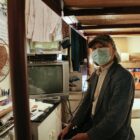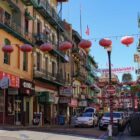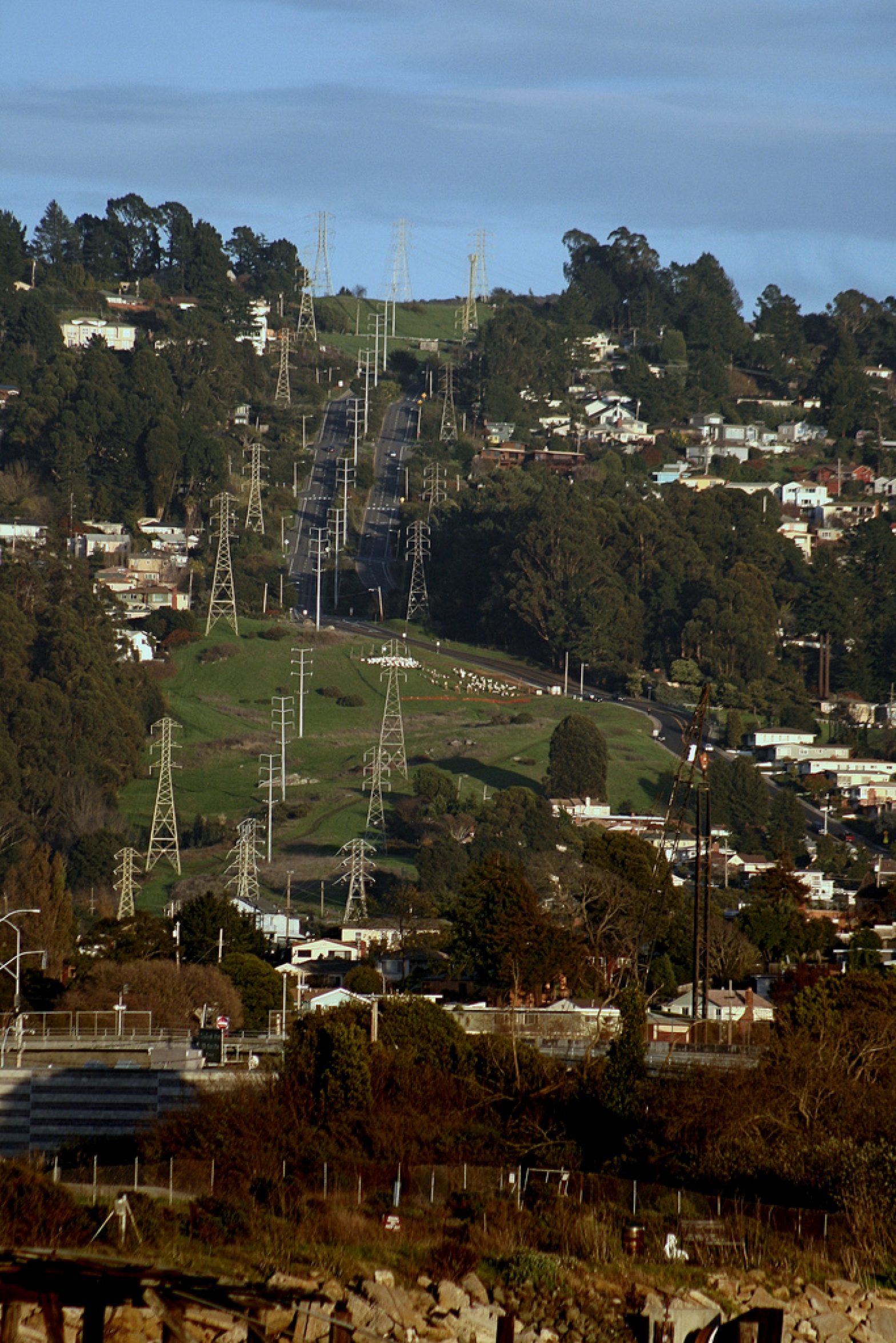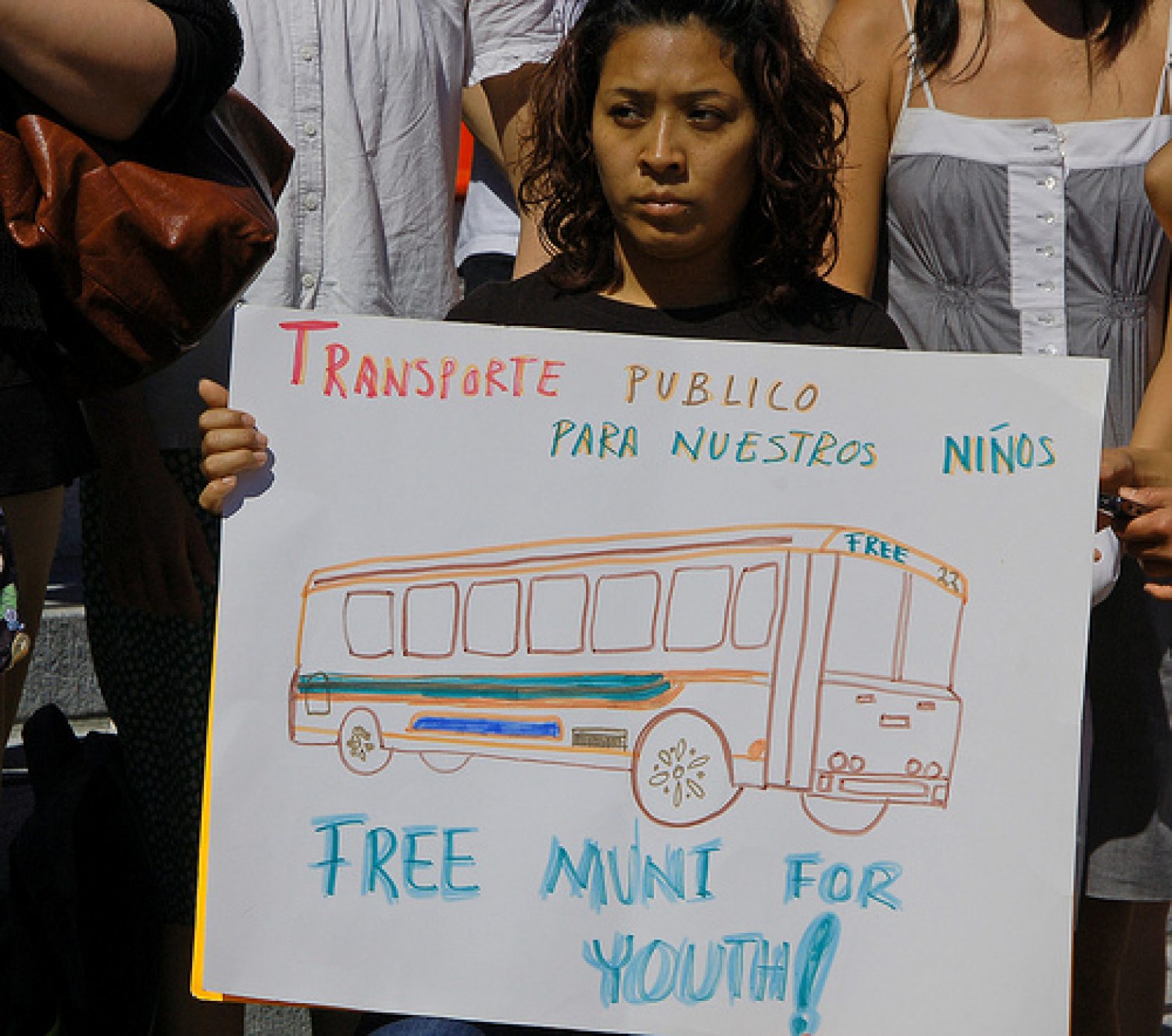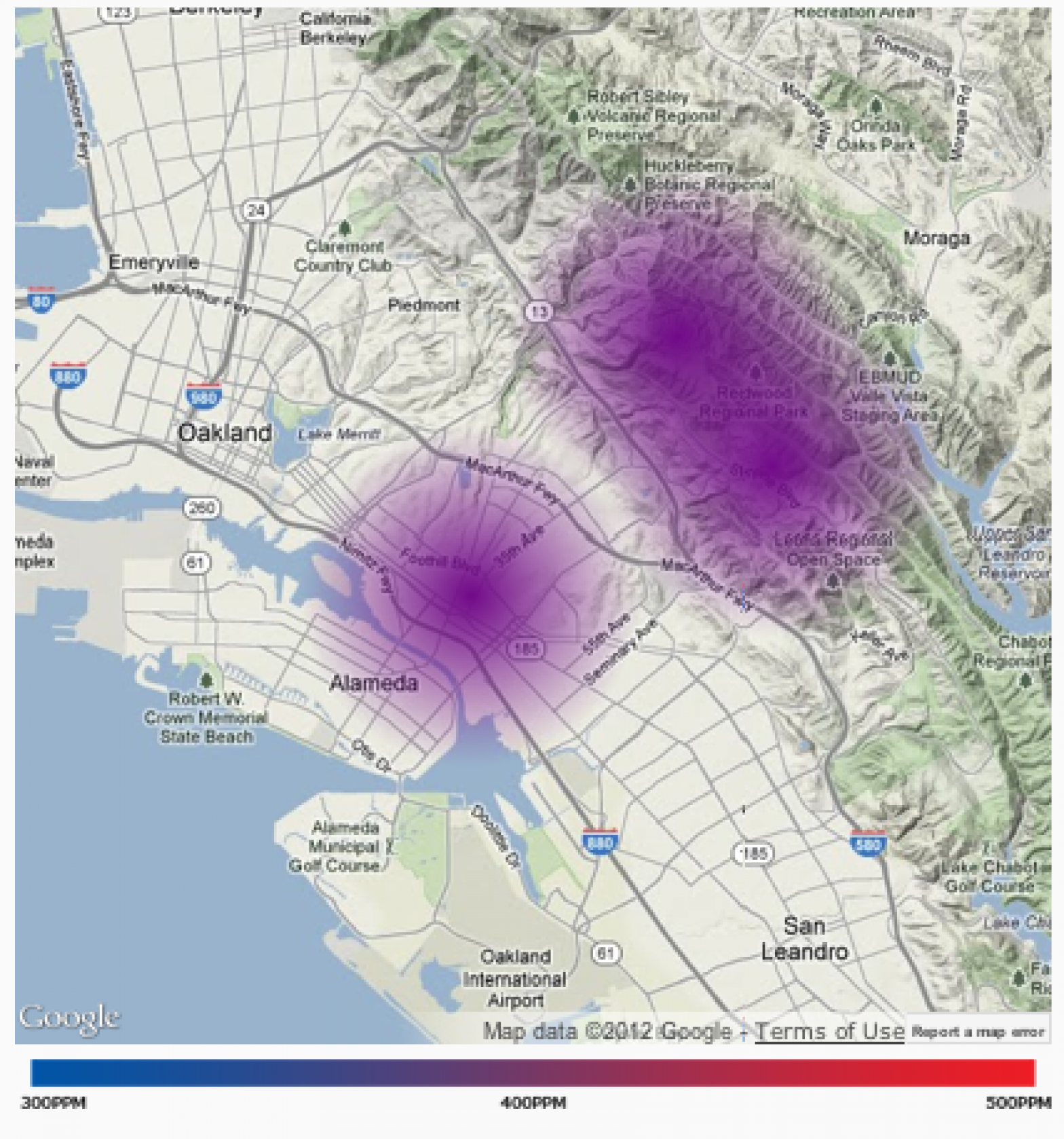Aging
Protecting Chinatown’s Older Adults From Climate Disasters Requires More Funding, Nonprofits Say
Community organizations say the systems in Chinatown to protect older populations during extreme weather are not enough to meet the needs that could arise. Without sufficient financial backing, the health of many older residents in the neighborhood could be threatened during extreme weather disasters. Similar scenarios could transpire in San Francisco’s other climate-vulnerable areas.
